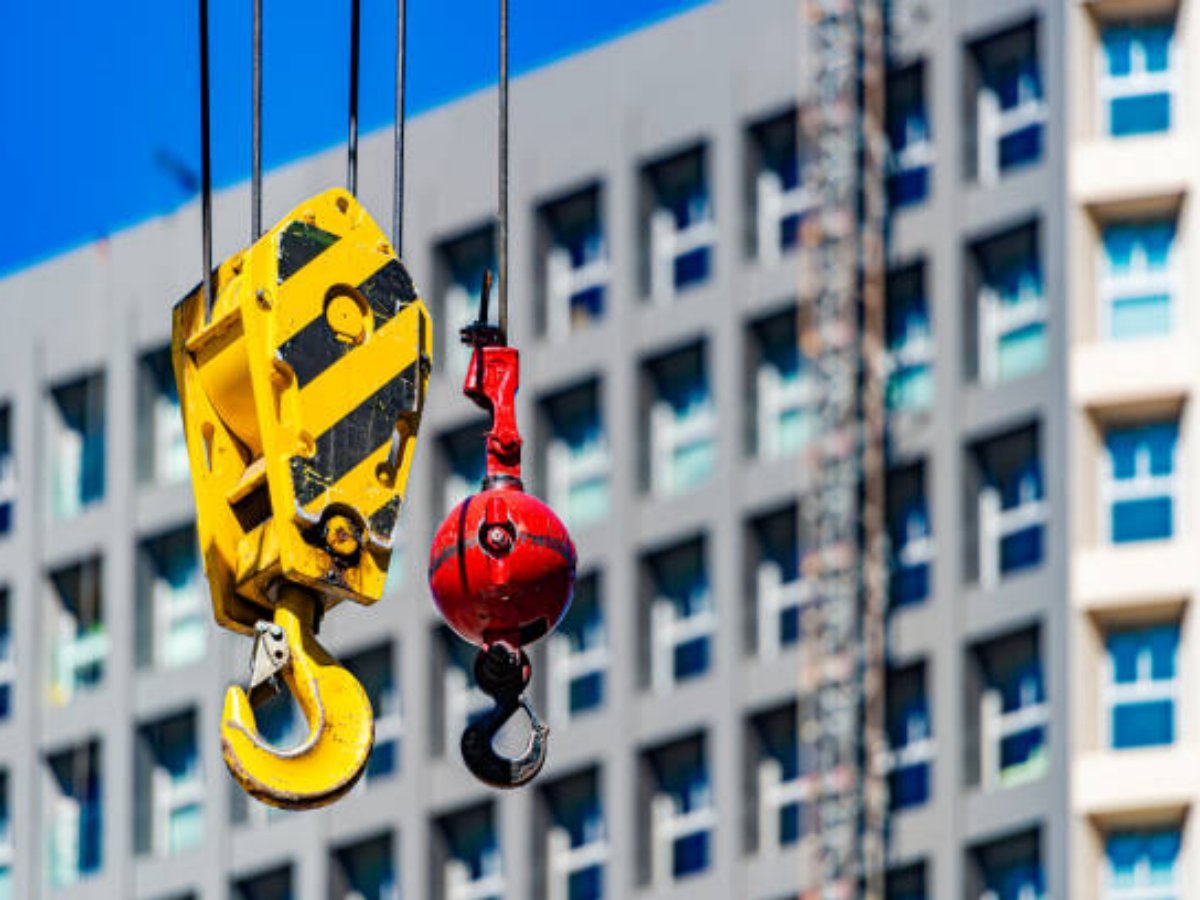Introduction: Understanding the Power of Manual Clamp Cranes
Manual clamp cranes are essential tools in various industries that require lifting and moving heavy loads. With their impressive lifting capacity and ease of use, these cranes have revolutionized the way materials are handled. In this comprehensive guide, we will explore the different aspects of manual clamp cranes, including their functionality, applications, advantages, and maintenance.
1. What Are Manual Clamp Cranes?
Manual clamp cranes, also known as manual clamp lifters or manual clamp hoists, are a type of crane designed to lift, move, and transport heavy loads in a controlled manner. Unlike their motorized counterparts, manual clamp cranes rely on manual power, usually through a hand-operated mechanism, to perform their lifting tasks.
2. How Do Manual Clamp Cranes Work?
Manual clamp cranes consist of a vertical mast, a boom, and a clamp attachment. The mast provides stability and supports the boom, which extends horizontally. The clamp attachment is used to grip and secure the load. To operate a manual clamp crane, the operator manually lifts the load using the hand-operated mechanism, which activates the lifting mechanism and allows for precise control over the lifting and lowering actions.
3. Applications of Manual Clamp Cranes
Manual clamp cranes find applications in a wide range of industries, including manufacturing, construction, warehousing, and logistics. These cranes are commonly used for lifting and moving heavy objects such as steel plates, concrete blocks, pipes, drums, and machinery components. They are particularly useful in areas where space is limited or where the use of larger cranes is impractical.
4. Advantages of Manual Clamp Cranes
Manual clamp cranes offer several advantages that make them a popular choice in many industries. Firstly, their compact size and maneuverability allow for easy access to tight spaces and confined areas. Secondly, their simplicity and ease of use reduce the need for extensive training and specialized skills. Additionally, manual clamp cranes are typically more affordable than motorized cranes, making them a cost-effective solution for small and medium-sized businesses.
5. Factors to Consider When Choosing a Manual Clamp Crane
Before investing in a manual clamp crane, it is important to consider several factors to ensure the right crane is selected for the job. These factors include the load capacity, lifting height, boom reach, clamp size and type, and overall durability and reliability of the crane. It is also crucial to assess the specific requirements of the job and ensure that the crane meets all safety standards and regulations.
6. Safety Guidelines for Operating Manual Clamp Cranes
While manual clamp cranes offer great versatility and convenience, it is essential to prioritize safety when operating these machines. Some key safety guidelines include proper training and certification of operators, regular inspection and maintenance of the crane, adherence to weight capacity limits, use of appropriate personal protective equipment, and following proper lifting techniques to avoid accidents and injuries.
7. Maintenance and Care for Manual Clamp Cranes
To ensure the longevity and optimal performance of manual clamp cranes, regular maintenance and care are essential. This includes inspecting the crane before each use, checking for any signs of wear or damage, lubricating moving parts, and addressing any issues promptly. It is also recommended to follow the manufacturer's guidelines for maintenance and consult a professional for any repairs or adjustments.
8. Popular Brands and Models of Manual Clamp Cranes
Several reputable brands offer high-quality manual clamp cranes. Some popular brands include Harrington Hoists, Gorbel, Vestil, and OZ Lifting Products. Each brand offers various models with different load capacities and features to suit specific requirements. It is advisable to research and compare different models to find the most suitable manual clamp crane for your needs.
9. Renting vs. Buying Manual Clamp Cranes
Depending on the frequency and duration of use, it may be more cost-effective to rent a manual clamp crane rather than purchasing one. Renting allows businesses to access the required equipment without the upfront investment and ongoing maintenance costs. However, for businesses with consistent and long-term needs, purchasing a manual clamp crane can provide greater convenience and cost savings in the long run.
10. Conclusion: Harnessing the Power of Manual Clamp Cranes
Manual clamp cranes are versatile and efficient tools that play a crucial role in various industries. Their compact size, ease of use, and affordability make them an appealing option for businesses of all sizes. By understanding the functionality, applications, advantages, and maintenance requirements of manual clamp cranes, businesses can harness their power to effectively lift and transport heavy loads, improving productivity and safety in the workplace.

